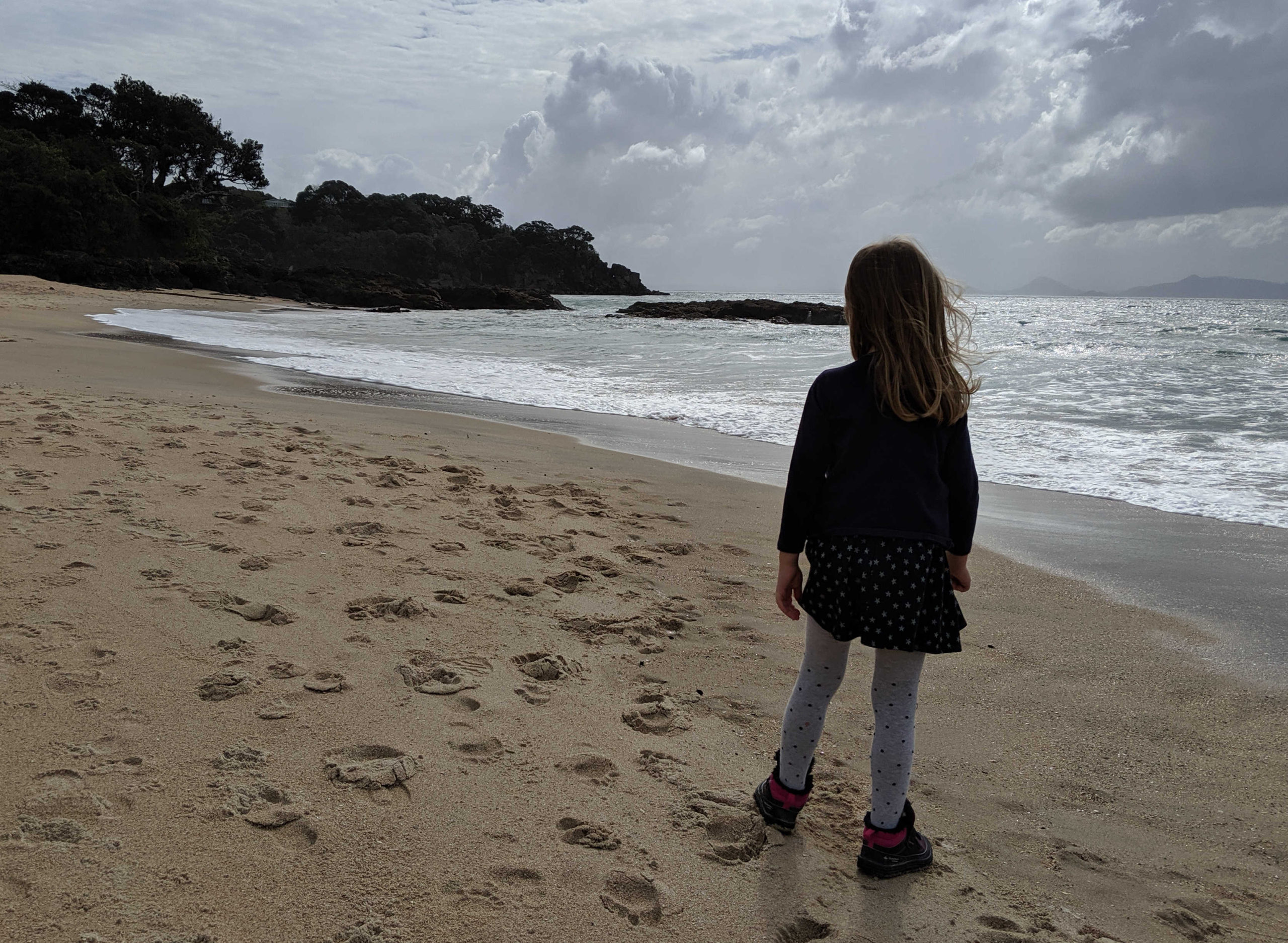Today’s Insight/Link

Today’s link and insight (I’m combining the two in one today) is a new study from Sydney University about social distancing. It uses an existing model that was built to model pandemic influenza, and concludes that 80% of the population needs to practice strict social distancing for four months to control the pandemic.
If it is only 70%, the pandemic won’t be controlled, and 90% would control things in 3 months.
Social distancing means:
In this scenario, 80 percent social distancing could either mean – any person in one household could go out once in five days, or, one member per family of five could go out daily, but the other four stay at home all the time.
The actual study is fascinating in how they achieve this, I’m going to paraphrase how they do it, but they simulate 24 million individual software “agents” in how they would behave for work, leisure and public transport habits (among others) for a six month period. The key is that the agents interact with each other and there is a probability of infection, and then a probabilistic period of infectiousness. They’ve calibrated the assumptions about infectiousness with and without symptoms at different ages to observed outcomes in different countries.
The baseline scenario (with no change in behaviour) has 50% of the population infected by mid May. The 100% lockdown scenario (which is impossible, as it implies no-one at all leaves the house for 7 weeks) reduces disease to zero after 7 weeks. But I’ll let the authors give you the numbers direct for the key scenarios.
Duration of all SD strategies is set to 91 days (13 weeks), and not surprisingly, there is a significant delay of about 12 weeks before the epidemic peak, occurring when the SD strategy (70% compliance) ends. Importantly, during the time period that the SD level is maintained at 70%, the disease is not controlled entirely, with the numbers of new infected cases (incidence) remaining in hundreds, and the number of active cases (prevalence) remaining in thousands.
For the Social Distancing compliance set at 80% and 90%, we observe a reduction in both incidence and prevalence, lasting for the duration of the strategy (91 days). The 80% Social Distancing compliance does not completely eradicate the disease, but reduces the new cases to less than 100, with prevalence below 1,000 (during the suppression period, before the resurgence). It is evident that this level of compliance would succeed if the strategy was implemented for longer period, e.g., another 5–6 weeks.
The 90% SD compliance practically controls the disease, bringing both incidence and prevalence to very low numbers of isolated cases. It is possible for the epidemic to spring back to significant levels even under this level of compliance, as the remaining sporadic cases indicate a potential for endemic conditions.
My takeaway is that our current level of social distancing is at the “cannot control spread” level, probably still below 70%.
Life glimpses
Today some glimpses from family and friends around the world who are in various forms of lockdown.
In New Zealand, my many cousins are going into lockdown from midnight tonight, and are exchanging stories and pictures of their various setups (for work and life). Several are essential workers. One is a nurse who is calming worried people down who are terrified of being tested even if they have the right symptoms. And another cousin coordinates logistics for a food processing company and is trying to make sure she can still get all her ingredients.
In Spain, my brother and his family have been in lockdown for 12 days. My brother works in tech, for a US company, and normally works at home and all over Europe at client sites. But in 12 days, he’s been out of the house three times – two sets of shopping and once to take out the garbage. My sister-in-law is a doctor, and while she normally works 50%, she is now working more than full time advising people (who are worried with much more reason than those New Zealanders) over the phone about their respiratory symptoms. My two nieces (aged 3 and 6) are going a bit stir crazy, but seem cheerful. When we asked my brother last night what life was like for him, his face was as serious as I’ve seen it. He was worried for us that we weren’t taking this seriously enough in Australia.
In Israel, our family friend tells me she and her neighbours are having virtual drinks together every evening on their balconies at 6 pm – the drink is real, but the conversation is by phone.
Bit of Beauty
This picture is from last year, when most of the people in my glimpses above were in the same place – the lovely beach in New Zealand where my dad grew up. It’s my Spanish niece in the foreground.

And thanks to everyone who has left comments here or on social media – I’m particularly pleased that the bit of beauty resonates with so many people.

Keep writing, Looking forward to your letter – thanks
Love
Marta
I look forward to seeing your name in my Inbox every day. Your distillation of facts and stats is appreciated very much – as are your photographs, especially the one tonight.
Love
Tiny xx